How do most people learn and engage with history? Once many people complete their formal education, their interactions with history take place in museums and cultural institutions. Travel complements and extends the educational opportunities of many people far beyond formal education. One of the major benefits of travel is not just seeing famous places and sights where history occurred, but visiting museums and cultural institutions in other lands to gain unforgettable insights into how other people interpret and remember those events.
The vicious war in Eastern Europe in World War II left a depth of suffering and devastation so complete that the true nature and story of the war between Nazi Germany and the Soviet Union was unfathomable to many people outside that part of the world. This history and major events of the Nazi-Soviet war between 1941–1945 were so unknown outside the region that in the late 1970s a massive television documentary miniseries hosted by Burt Lancaster and intended for Western audiences was literally titled The Unknown War.
One the great encounters with telling history to an international general public that I have personally experienced was in the Museum of the Great Patriotic War in Moscow, which I visited in 2013 while serving as tour historian for The National WWII Museum. The Great Patriotic War museum stands on Poklonnaya Hill, the natural vantage point from which the environs of Moscow can be entirely seen. It was from Poklonnaya that Napoleon waited upon Czar Alexander I to send surrender terms that never came in the winter of 1812. Faced with a burned city and food shortages, Napoleon was forced to retreat back to Paris, his Grand Army utterly destroyed in the process. More than 130 years later, Adolf Hitler’s Wehrmacht would suffer an even more complete destruction from its retreat from the gates of Moscow.
Opened on the 50th anniversary of the Soviet Union’s victory over Nazi Germany on May 9, 1995, the grounds around the museum feature an Orthodox church, a synagogue, and a mosque. In front of the main entrance to the museum stands the Victory obelisk, 141.8 meters tall, symbolizing the 1,418 days that the Nazi-Soviet war lasted. At the top of the obelisk, a statue of the Greek deity Nike, the Goddess of Victory, hangs over the historical scene of 1941–1945. The story of the Soviet people at war is carved into the obelisk, and at the base of the obelisk a statue of St. George slaying the dragon completes the story of great victory and the entry experience to the museum’s grounds.
Inside, the major phases of the Great Patriotic War from 1941–1945 are told through a series of dioramas. I have noticed that dioramas are an especially favored exhibit technique among historians and museum curators in Russia and China, and I personally found these to be wonderfully effective in telling the story. The lead image to this post not only provides an idea of how museum visitors experience diorama exhibits as they walk along the curved walls of the exhibit, but it gives an immediate visual idea of what was happening outside the city of Moscow in the winter of 1941 that is understandable to any visitor, regardless of whether they can communicate in the Russian language.
Accompanied by heavy clanking tanks the troops head out of the city through the familiar surrounding forests to the front lines to meet the invader, rising smoke nearby and on the horizon signifying danger and battle with the approaching enemy, and white snow being trodden into slush which together with the grey ominous sky gives an impression of deepening cold. A three-dimensional effect is achieved by the line of steel hedgehogs that serve as obstacles to the enemy in 1941, while physically reaching out to connect the modern day visitor to the scene. In the moment, the scene has a sense of impending danger, implying the desperate struggle that is to come. In the right corner, two aircrafts zoom through the air toward the fight over two men on horseback in the snow, a great detail that not only informs the viewer that this war will require every bit of strength at hand—mechanical, animal, and human—to defeat the enemy, but also echoes the historical victory over Napoleon’s army more than a century before, subtly reinforcing that the victory can be won.
In ensuing galleries and dioramas, the story of the Great Patriotic War is unveiled so that all visitors can easily learn this history. In a series of ensuing posts, I will explain and explore that story for readers who will never have the opportunity to visit the Museum of the Great Patriotic War.
Interested in the Eastern Front? You can read posts about the Jassy-Kishinev operation or the Crimea War.
This is the first post about the Museum of the Great Patriotic War. Read Part Two. Part Three. Part Four. Part Five. Part Six. Part Seven. Part Eight.

"No matter one’s age, travel is a unique and exciting educational experience. In my work, I have had the opportunity to reflect on history, events, and people in the places where they experienced life. Through the viewfinder, we can not only find history and perspective, but create memory, and evoke our evergreen past."
– Keith Huxen, PhD, Senior Director of Research and History, The National WWII Museum
Keith Huxen
Keith is the former Senior Director of Research and History in the Institute for the Study of War and Democracy at The National WWII Museum.
Cite this article:
MLA Citation:
APA Citation:
Chicago Style Citation:
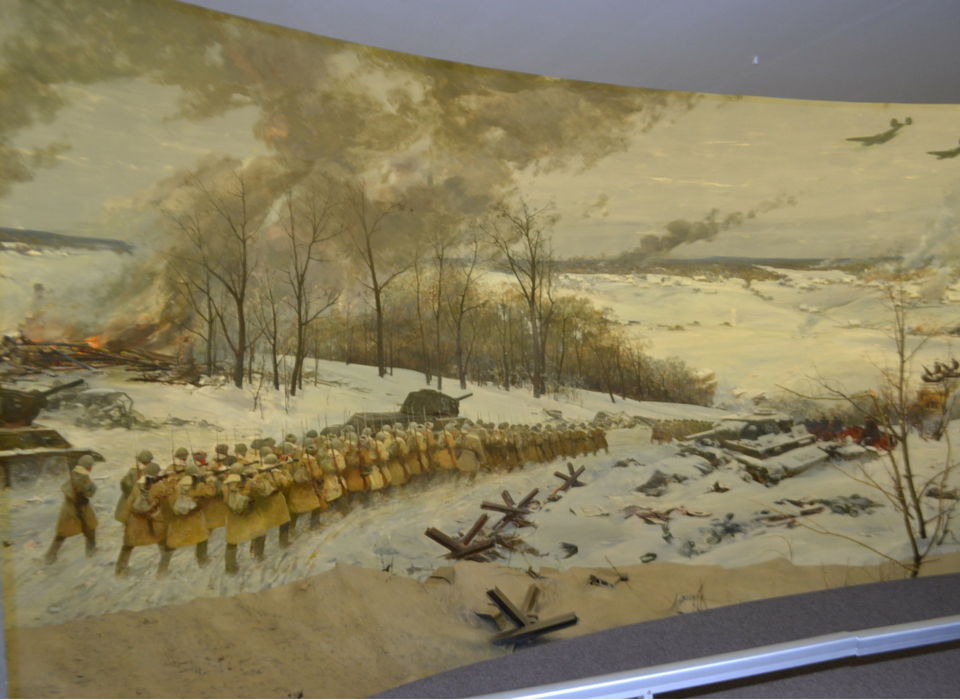
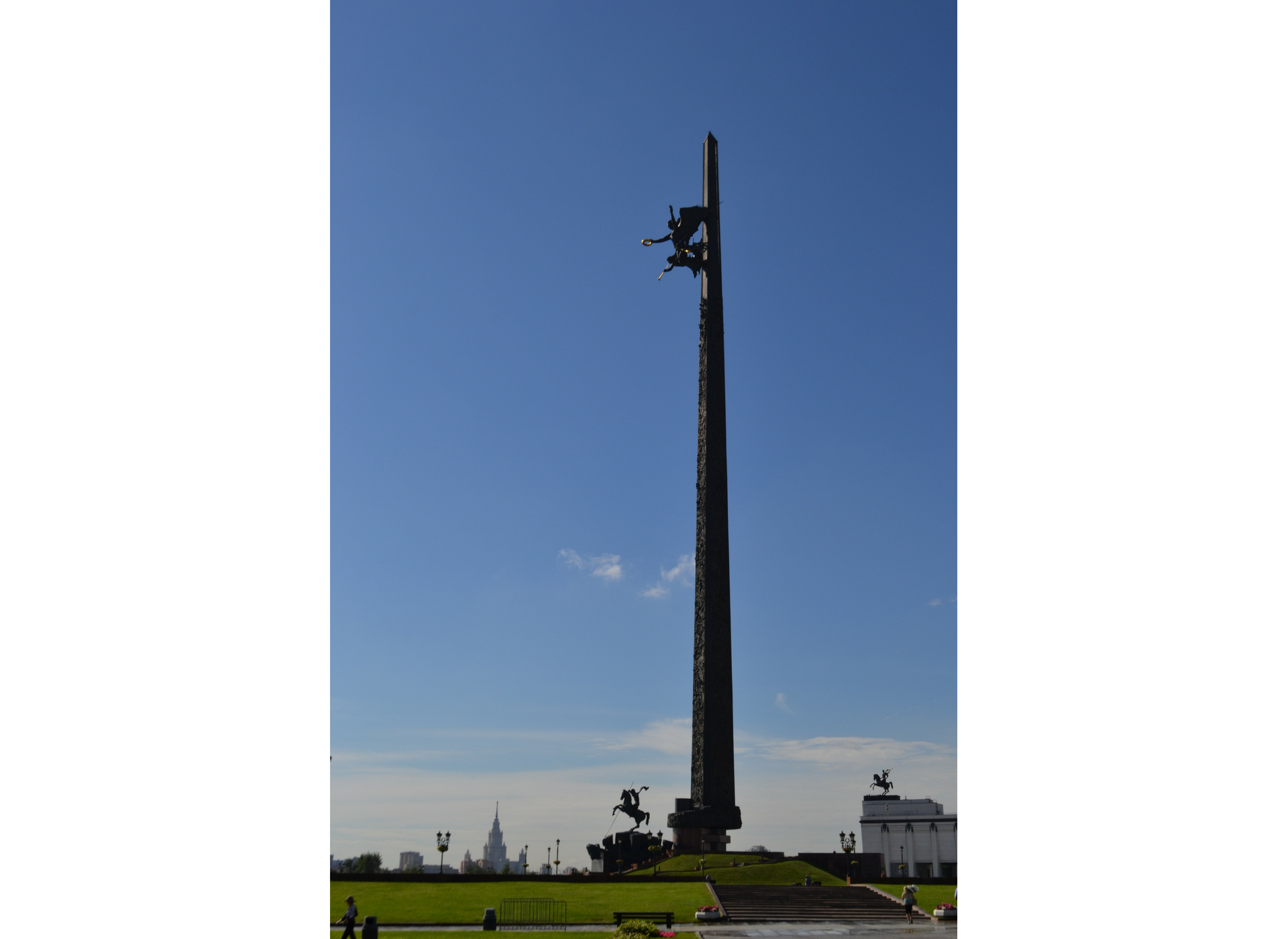
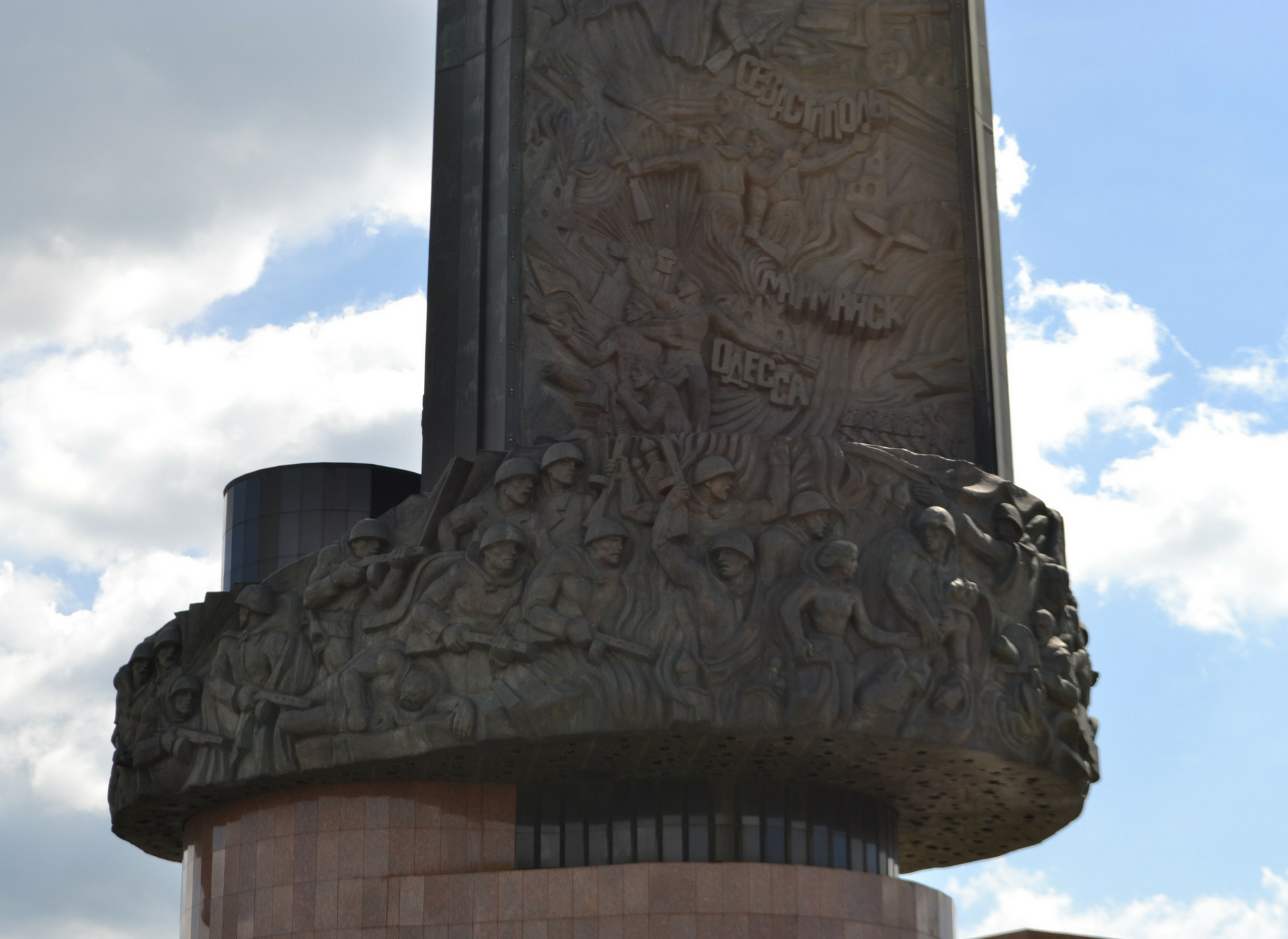
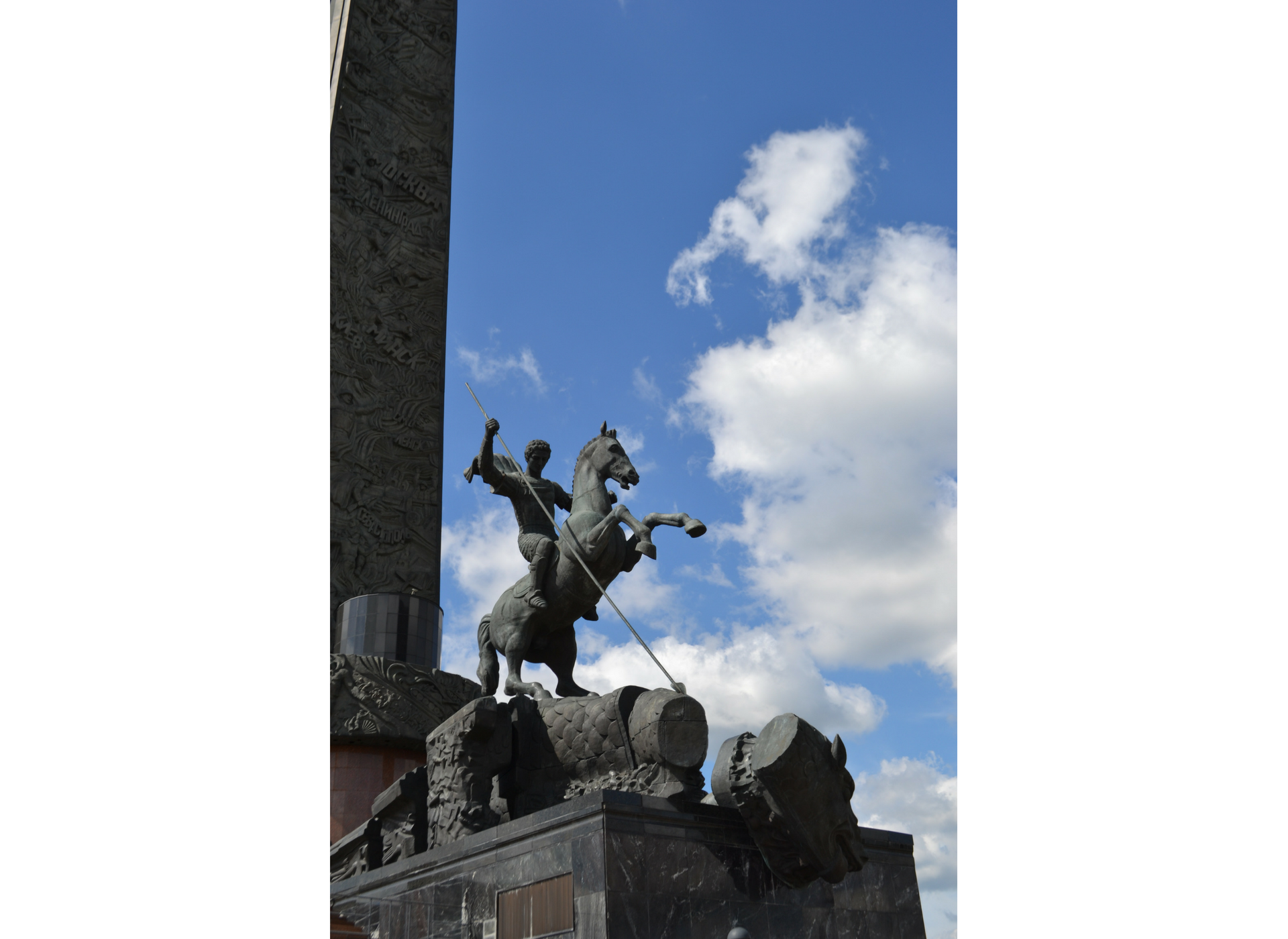

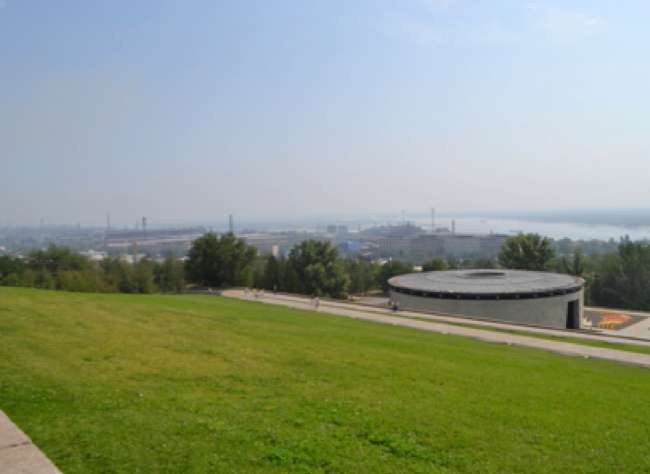
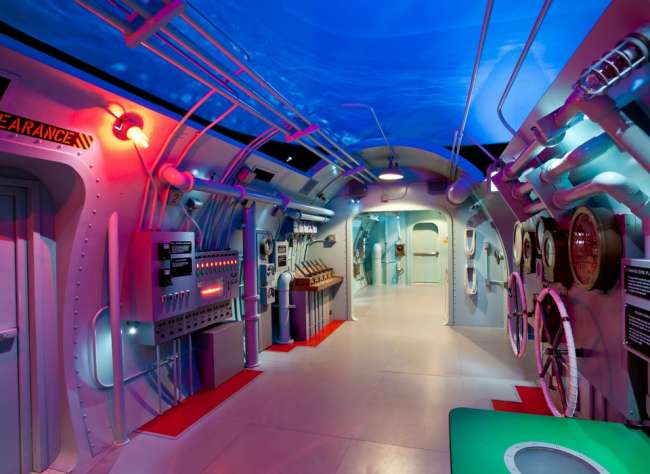
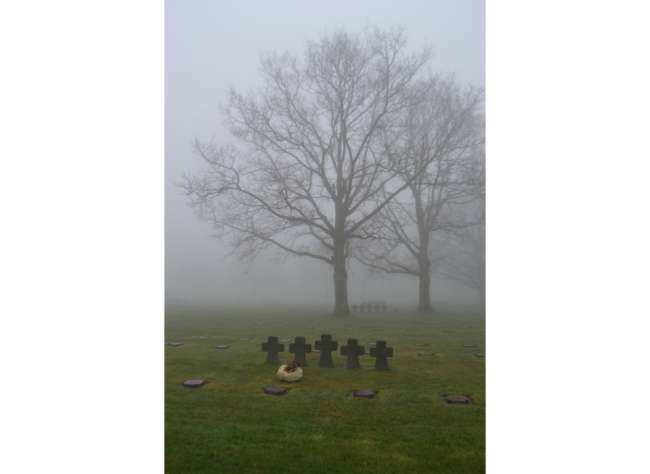



![Max Fuchs, New York City cantor, sings as Rabbi Sydney [sic] Lefkowitz, Richmond, VA, conducts the first Jewish services from Germany.](/sites/default/files/styles/max_650x650/public/2025-10/image1.jpg)



